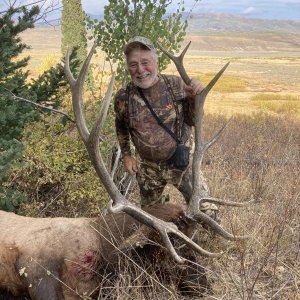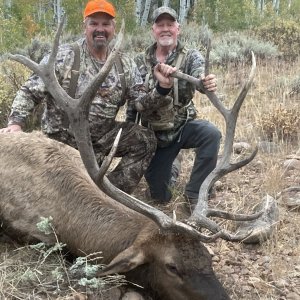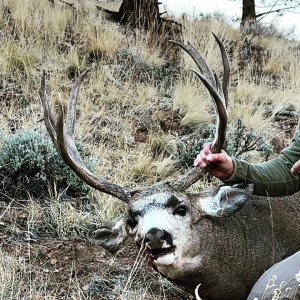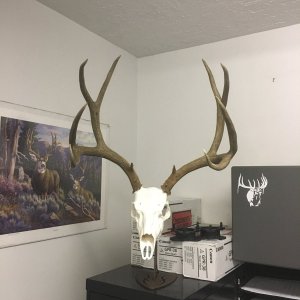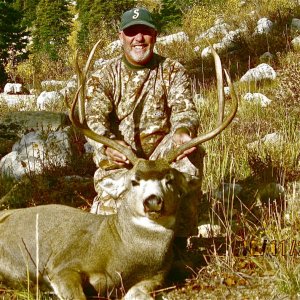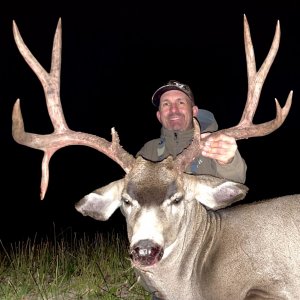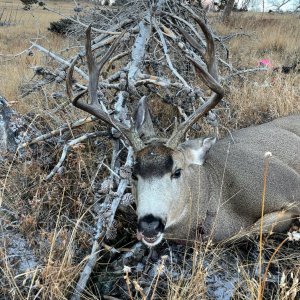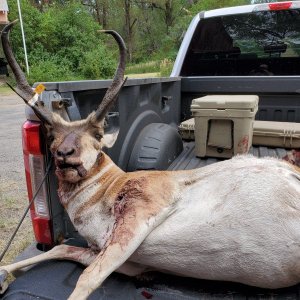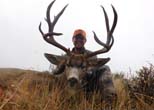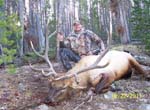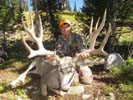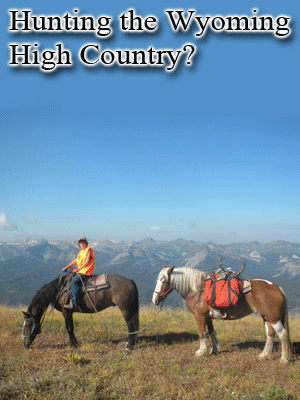LAST EDITED ON Aug-08-14 AT 09:37AM (MST)[p]There was LQ talk, by a couple people.
The group I was in at the Cheyenne meeting one guy wanted LQ and gave his reasons why.
I spoke next and opposed the LQ idea for more valid reasons than he could give for them.
The GF employees at the meeting stressed, several times, this was NOT a season setting meeting. So, as a result, unless any proposed season ideas could be tied to the hunt quality or addressing herd building, they tried not to dwell on it.
IMO, the problem with LQ is that you arent addressing how to GROW mule deer herds. All you're effectively doing is managing whats left of mule deer.
I believe that if we can grow the herds, most all the problems we're trying to address via all these management ideas, will go away.
According to the GF data, over-all success rates in this herd and associated units, has always been 25-30%, far below the state average. Lots of reasons why, but basically, the unit isnt easy to hunt. Also, buck to doe ratios are higher now than they were in the past...but keep in mind that there are fewer total deer now.
Currently the population objective for the unit is 15,000 deer and that has never been achieved. IIRC, the highest the population has ever been is right near 9-10K. At the time though, the biologists were using a pop. 2 model to estimate numbers, which they now believe over-estimated the deer population to some degree. The last 3 years they've used a more up-to-date model and the numbers are much lower. It seems the current numbers are pretty much in line with actual population.
I believe the GF is going to try to get their 2 presentations available on-line in the coming months. There is some great historic, as well as current data in those presentations. Like any data though, you have to "tease" out, as well as understand what the data is really telling you.
Another item I should mention is that the USFS wildlife biologist, as well as the BLM biologist, seemed to be really engaged in trying to accomplish some level of habitat work. As per always though, there is process that must happen. There were also several local landowners that were interested in doing all they could to help mule deer numbers.
I also talked with another GF employee about what impacts the extensive beetle-kill in these units may have on summer/fall range. We both agreed that it will be interesting to see what happens with that.
Finally, I made the GF biologists aware of a huge amount of data that I work on collecting. Theres a vast amount of raw data as well as reports, publications, etc. that deal directly with forest health, stand succession, vegetation data, fuels, encroachment, etc. etc. etc. The great thing about this data is that its collected on all federal and state lands as well as private when permission is granted. Even better is that the data is collected every ten years, so trends/changes over time are easy to track.


